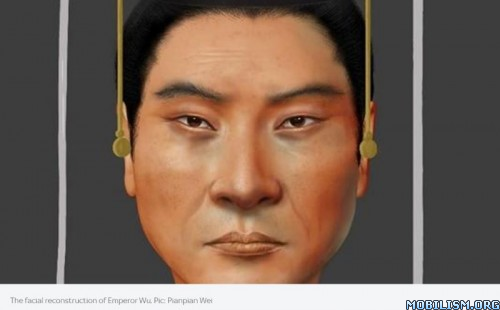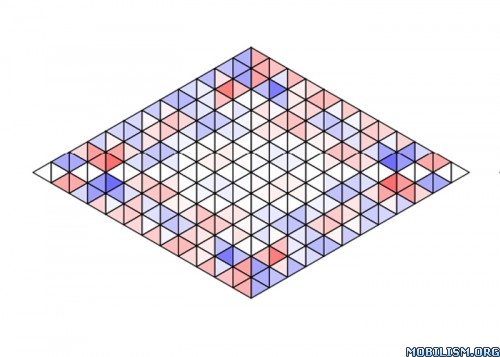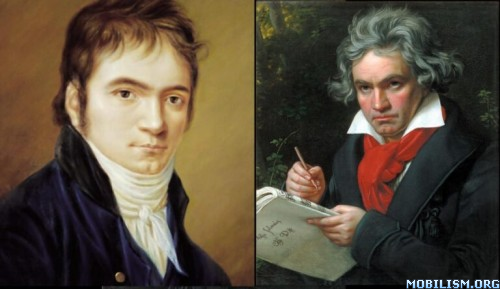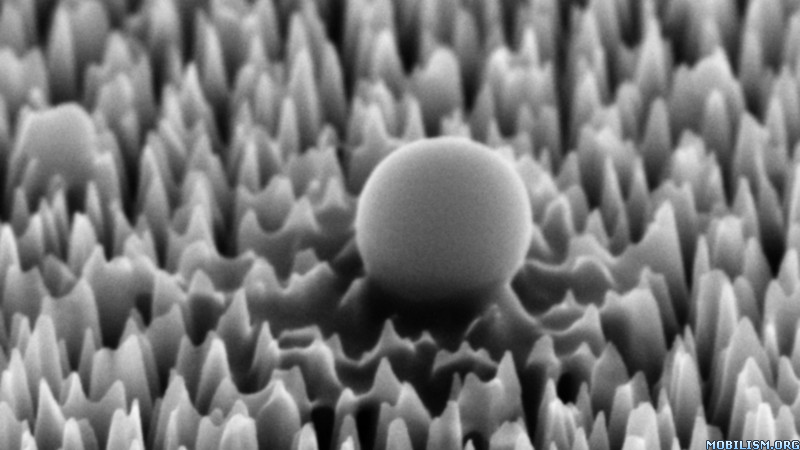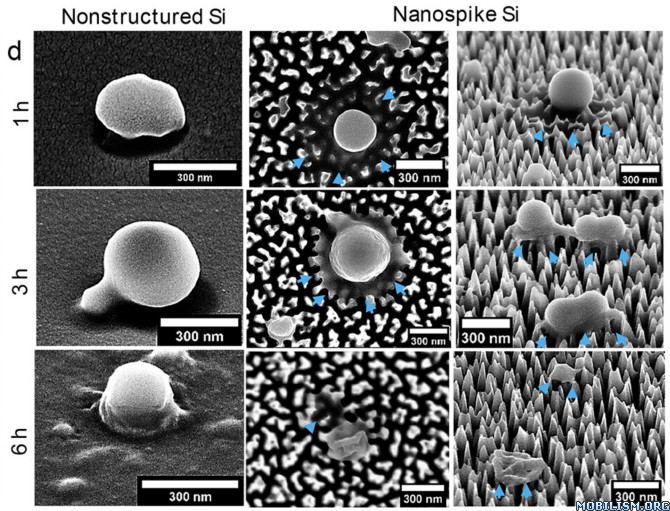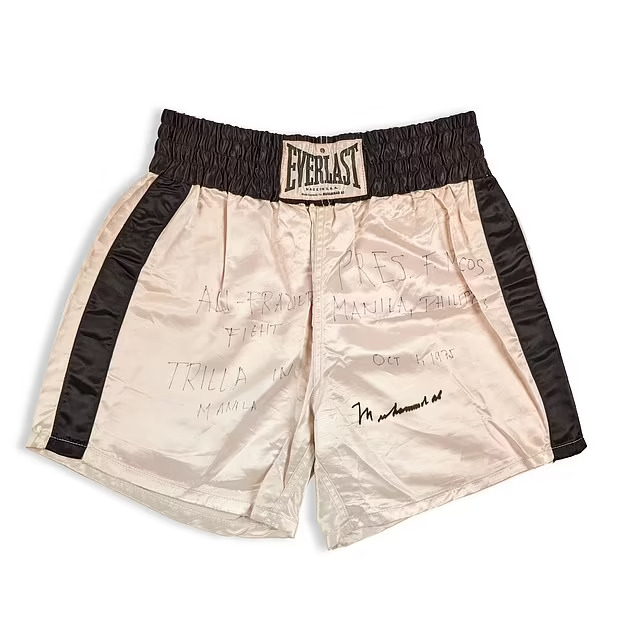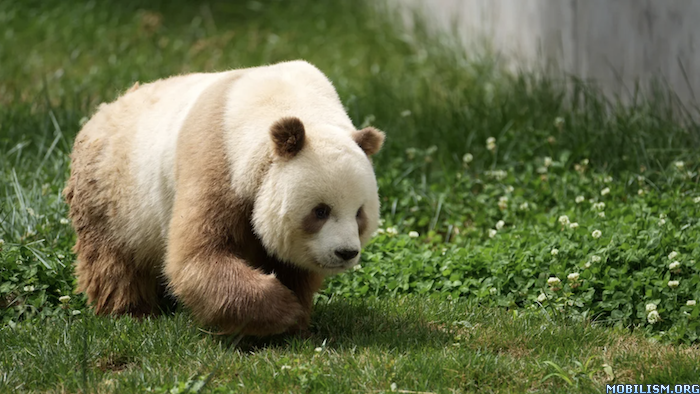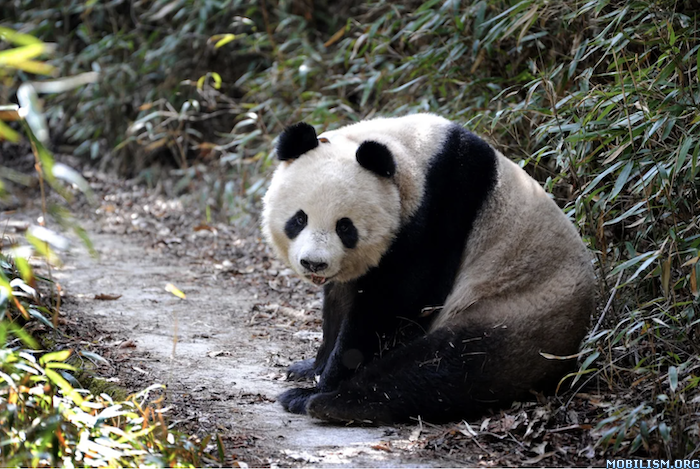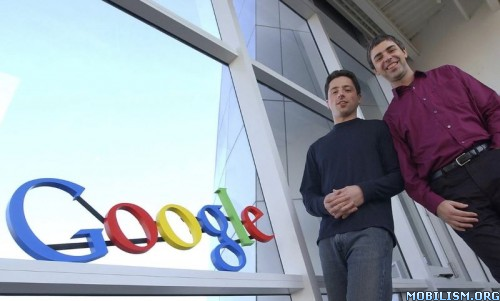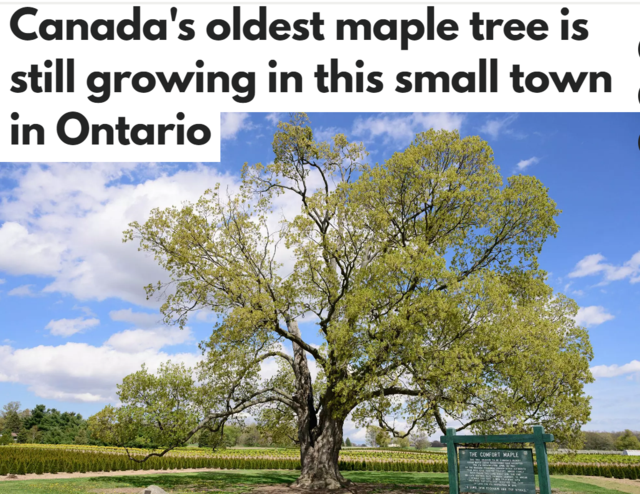Neighbors Rally to Help After Dad Accidentally Trashes Daughter’s Stuffed Dog: ‘An Adventure!’
An overzealous spring cleaning led to a near-disaster for one family, but the kindness of strangers prevailed

Jake McAlpin was really into his recent spring cleaning — so much so that he accidentally threw away his daughter’s beloved stuffed dog.
Charlotte, 16, had washed her well-loved stuffed animal, Cupcake, and then left him on the front porch to dry. When she couldn’t find him the next evening, her dad realized that he had accidentally bagged the dog and taken it to the Strafford, New Hampshire, dump.
“My husband confessed, ‘I think I threw out Cupcake,’ ” Meredith McAlpin, 43, tells PEOPLE. “[Charlotte] was very, very distraught. I've never heard her cry like that. My husband was so upset and mad at himself ... I mean he was devastated."
For Meredith — who gifted Cupcake to Charlotte, her stepdaughter, when she was just 4 years old — it was action time. "I was like, 'How can I fix this?' "
She posted on the town Facebook page asking if whoever ran the dump would be able to open it in the morning and look for Cupcake.
The next day, City Selectman Brian Monahan was drinking his coffee and scrolling Facebook when he saw the post — and immediately sprang into action. A father of a daughter, too, he knew he had to help. "One time, when [my daughter] was very young, she lost an animal. It was a big deal,” he tells PEOPLE.
Monahan, 61, spoke to the superintendent of the town’s transfer station, where residents take their trash to large commercial trash compactors, then headed to the site on the cold, stormy, day.
He started pulling trash bags out of the trash compactor with the help of another volunteer, ultimately recruiting Jake to help, too.
The group was “fully committed,” Monahan says. “It's like, 'We're so dirty and wet right now that we might as well find this darn thing.' "
As they started to lose hope, Monahan climbed waist-deep into the machine to have a better look.
“My wife was standing on the other side, looking up in from above, and she pointed [out a bag] that I couldn't see very well, and said, 'Hey, I think there's something brown in there.' "
He burrowed down, ripped open the bag, and about 15 seconds later had Cupcake in his arms.
The best part, Monahan says, was the look of “relief and happiness” on Jake's face when the dog was found. "We made a young girl very, very happy and a dad very relieved."
“It was just so amazing that they did that for us,” Meredith says, adding that Charlotte was "very, very happy" to have Cupcake back. “I just was so thankful. It's so nice to have a great community that genuinely cares about people.”
As for Monahan, "I'm a retired military guy," he says. "You see a mission, you got to go on and make it work. It was an adventure."
And Jake has definitely learned a lesson. “I think my husband learned not to throw anything out anymore without asking," adds Meredith.

An overzealous spring cleaning led to a near-disaster for one family, but the kindness of strangers prevailed

Jake McAlpin was really into his recent spring cleaning — so much so that he accidentally threw away his daughter’s beloved stuffed dog.
Charlotte, 16, had washed her well-loved stuffed animal, Cupcake, and then left him on the front porch to dry. When she couldn’t find him the next evening, her dad realized that he had accidentally bagged the dog and taken it to the Strafford, New Hampshire, dump.
“My husband confessed, ‘I think I threw out Cupcake,’ ” Meredith McAlpin, 43, tells PEOPLE. “[Charlotte] was very, very distraught. I've never heard her cry like that. My husband was so upset and mad at himself ... I mean he was devastated."
For Meredith — who gifted Cupcake to Charlotte, her stepdaughter, when she was just 4 years old — it was action time. "I was like, 'How can I fix this?' "
She posted on the town Facebook page asking if whoever ran the dump would be able to open it in the morning and look for Cupcake.
The next day, City Selectman Brian Monahan was drinking his coffee and scrolling Facebook when he saw the post — and immediately sprang into action. A father of a daughter, too, he knew he had to help. "One time, when [my daughter] was very young, she lost an animal. It was a big deal,” he tells PEOPLE.
Monahan, 61, spoke to the superintendent of the town’s transfer station, where residents take their trash to large commercial trash compactors, then headed to the site on the cold, stormy, day.
He started pulling trash bags out of the trash compactor with the help of another volunteer, ultimately recruiting Jake to help, too.
The group was “fully committed,” Monahan says. “It's like, 'We're so dirty and wet right now that we might as well find this darn thing.' "
As they started to lose hope, Monahan climbed waist-deep into the machine to have a better look.
“My wife was standing on the other side, looking up in from above, and she pointed [out a bag] that I couldn't see very well, and said, 'Hey, I think there's something brown in there.' "
He burrowed down, ripped open the bag, and about 15 seconds later had Cupcake in his arms.
The best part, Monahan says, was the look of “relief and happiness” on Jake's face when the dog was found. "We made a young girl very, very happy and a dad very relieved."
“It was just so amazing that they did that for us,” Meredith says, adding that Charlotte was "very, very happy" to have Cupcake back. “I just was so thankful. It's so nice to have a great community that genuinely cares about people.”
As for Monahan, "I'm a retired military guy," he says. "You see a mission, you got to go on and make it work. It was an adventure."
And Jake has definitely learned a lesson. “I think my husband learned not to throw anything out anymore without asking," adds Meredith.


